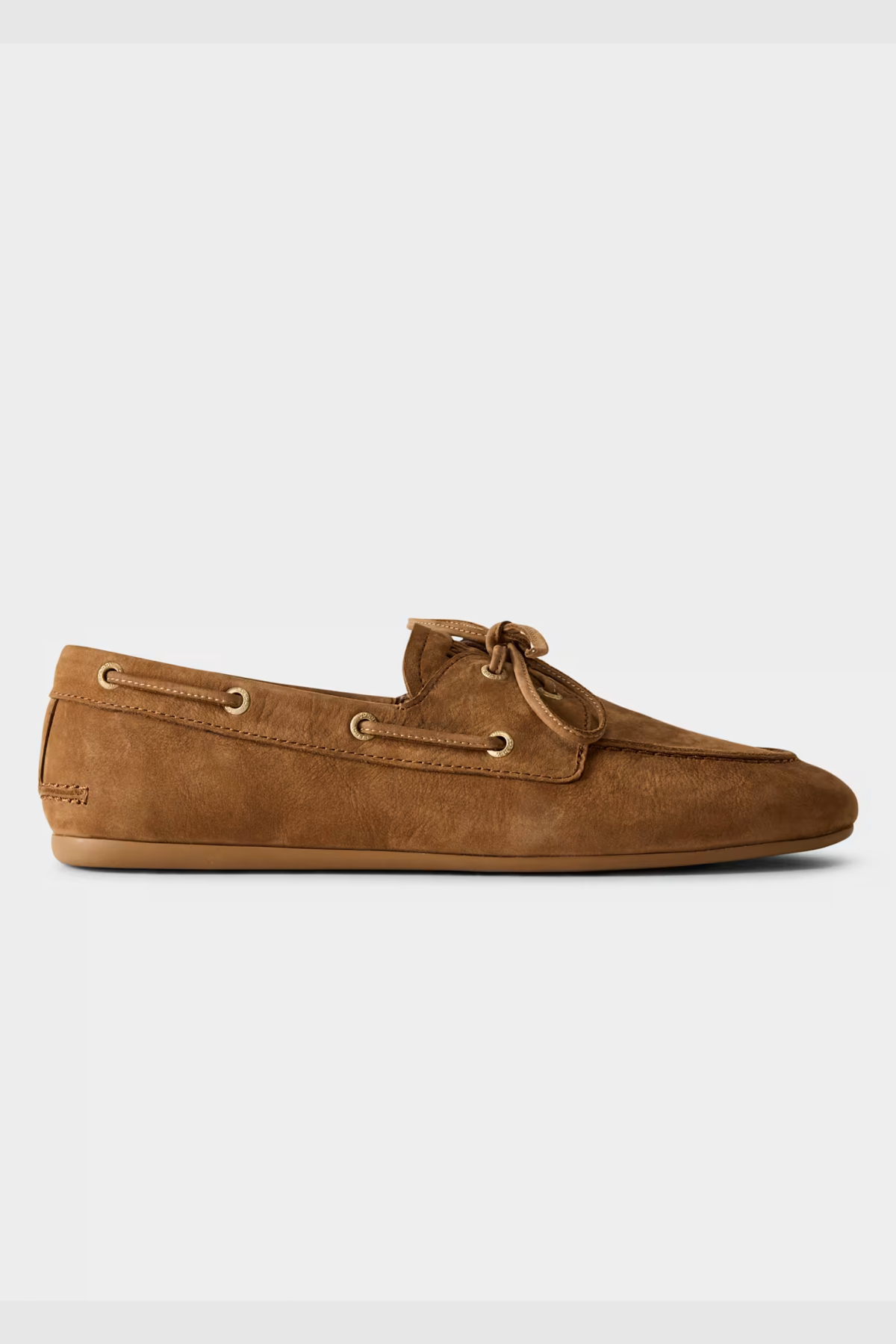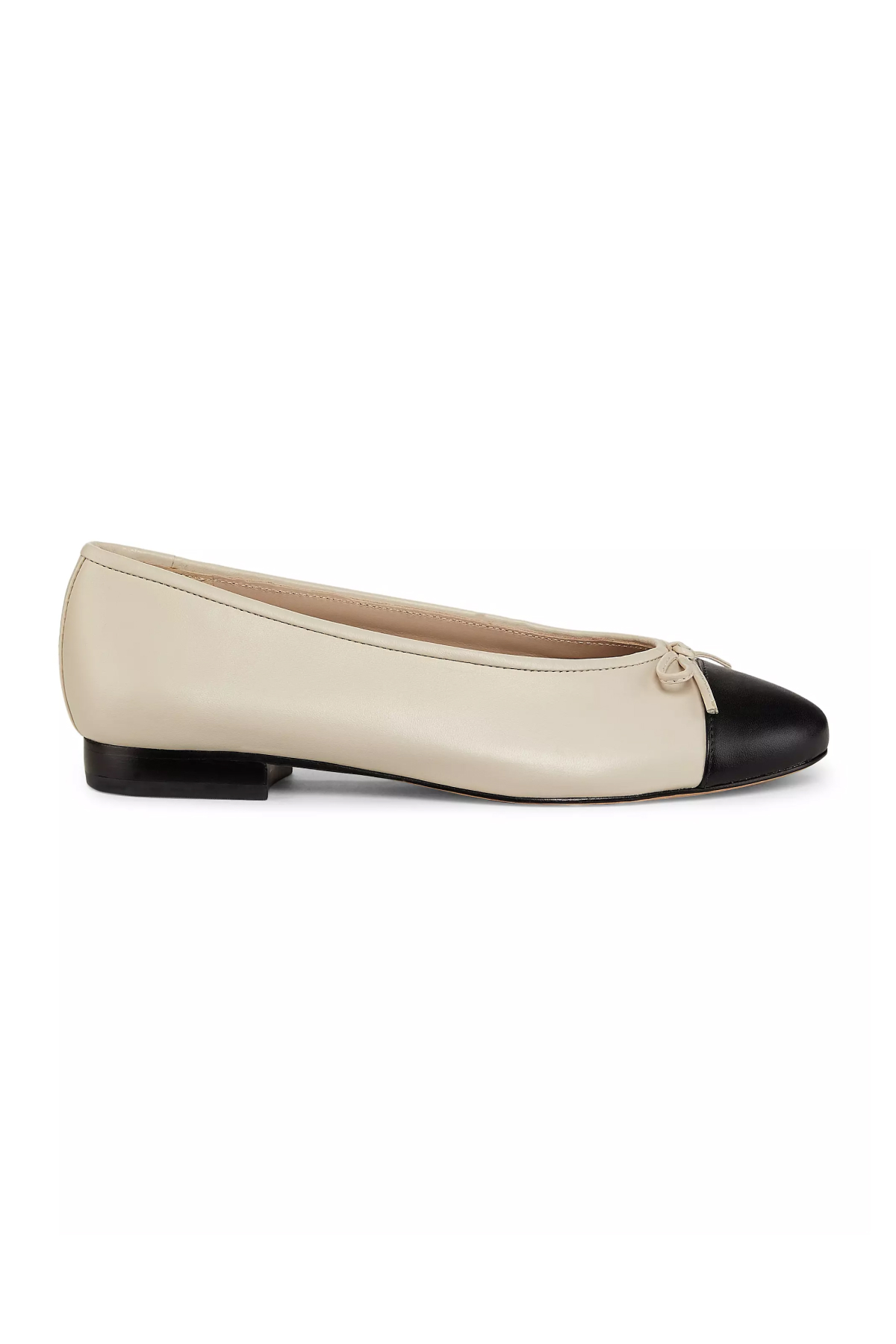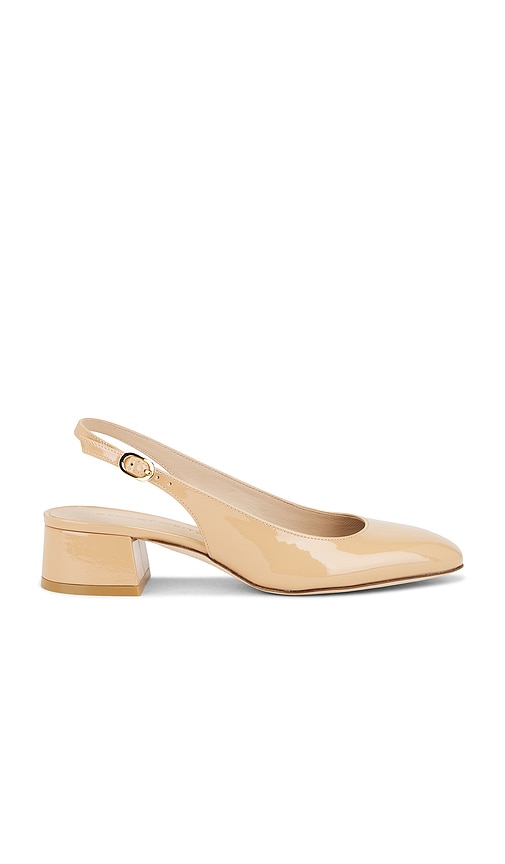I’ve recently become fixated on what is and isn’t an acceptable summer work shoe. Are open-toed sandals allowed in the office? Won’t HR get mad at me for having my dogs out in the workplace? Or is it not a disciplinary offense if I choose one of summer 2025’s top trending shoes, like a subtle peep-toe or strappy fisherman sandal, and always—always—pair them with a fresh pedicure?
I don’t have the answers—and I don’t even know if there are any to be found, considering no one dress code fits all professional settings. But I do have hard-earned discernment that I’ve forged over my many years as a fashion editor, commuting into various Manhattan offices from June through September. I’ve also spent the last month and a half curating Marie Claire’s comprehensive guide to all of summer 2025’s trends, combing over 99 designer collections (yes, I counted), and dedicating countless hours to tracking street style in the Big Four fashion capitals of New York, London, Milan, and Paris.

For instance, Parisian women are very into effortless, low-to-the-ground heeled mules at the moment—like this orange satin Prada pair.
(Image credit: Launchmetrics)
All that to say is that I’ve developed my own rubric for appropriate summer work shoes that toe the line between trendy and professional. Some are classic no-brainers that always look put-together, like the best slingback heels for a lady who lunches but is never late for her afternoon meetings. Other shoes are more marginal but provide office-proof polish through their fabrications; I’m much more inclined to a sturdy toe ring sandal made of Napa leather than, say, a flimsy mesh slipper that’s just one step up from what I wear around the nail salon.
Again, I am not an HR rep; I’m just a fashion editor with a summer shoe fixation—but that has to count for some credibility, right?

Sam Edelman
Bianka Slingback Pump
Spring’s cherry red color trend has yet to go sour for me. Still, my strategy to make the ubiquitous tart shade feel less, well, trendy, is to opt for a timeless red slingback heel—like this affordable Sam Edelman pair.

I can’t believe I’m coming around to the idea of toes in the workplace—but I am, and Tory Burch is to credit. The brand’s pierced slides—a Tory Burch signature, up there with the recently relaunched Reva flats—are crafted from calf leather, lined in Napa leather, and feature a shiny metal ring that makes them significantly more elevated than any other flip-flop.
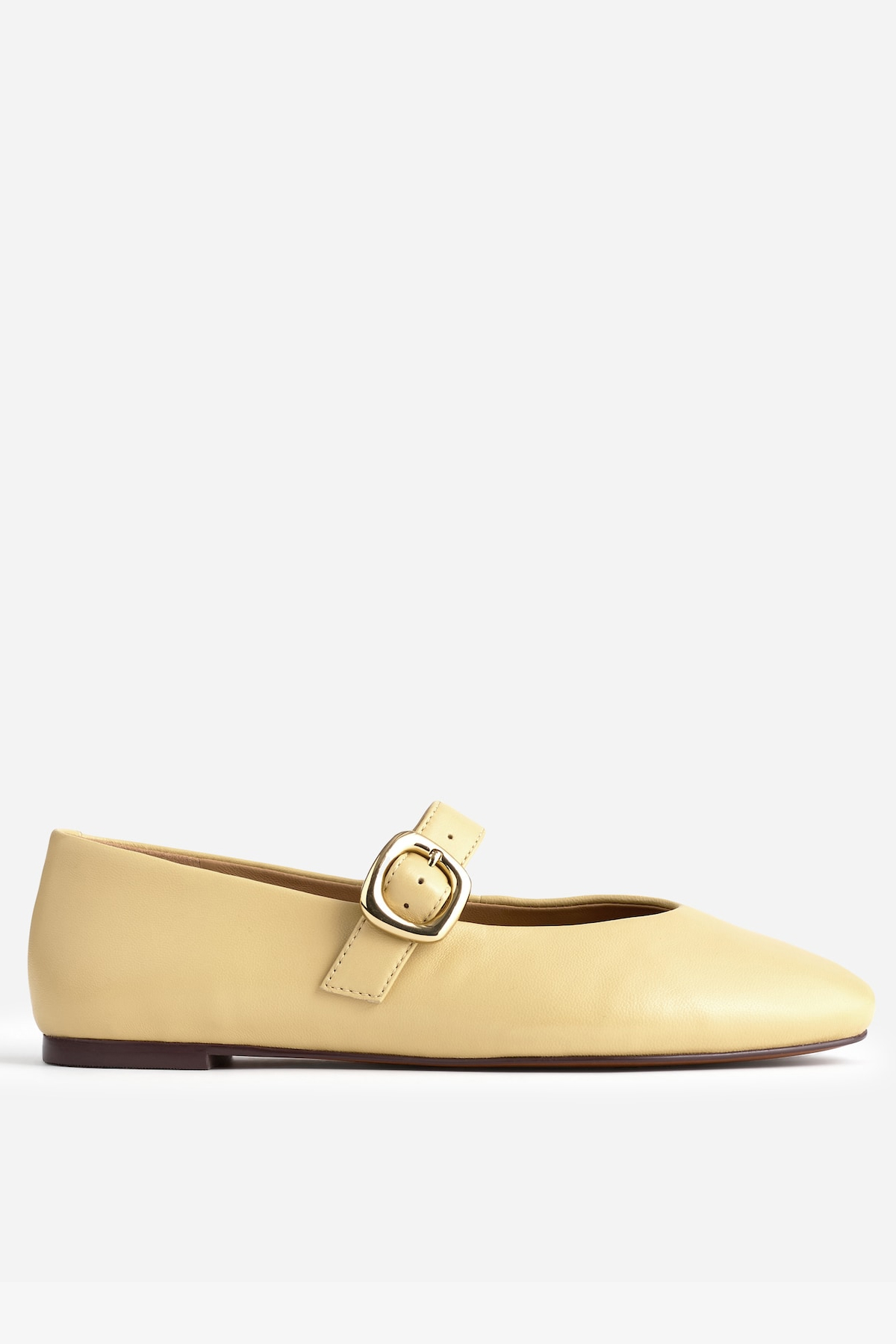
Madwell
The Remy Mary Jane Flat
Butter yellow, you have bewitched my body and soul. Even though the color is trending at an all-time high, I’m confident these Madewell Mary Jane flats will stay in my rotation for years to come because they’re closer to beige than bright canary yellow, and they have a simple, rounded toe design that makes them less of a statement.
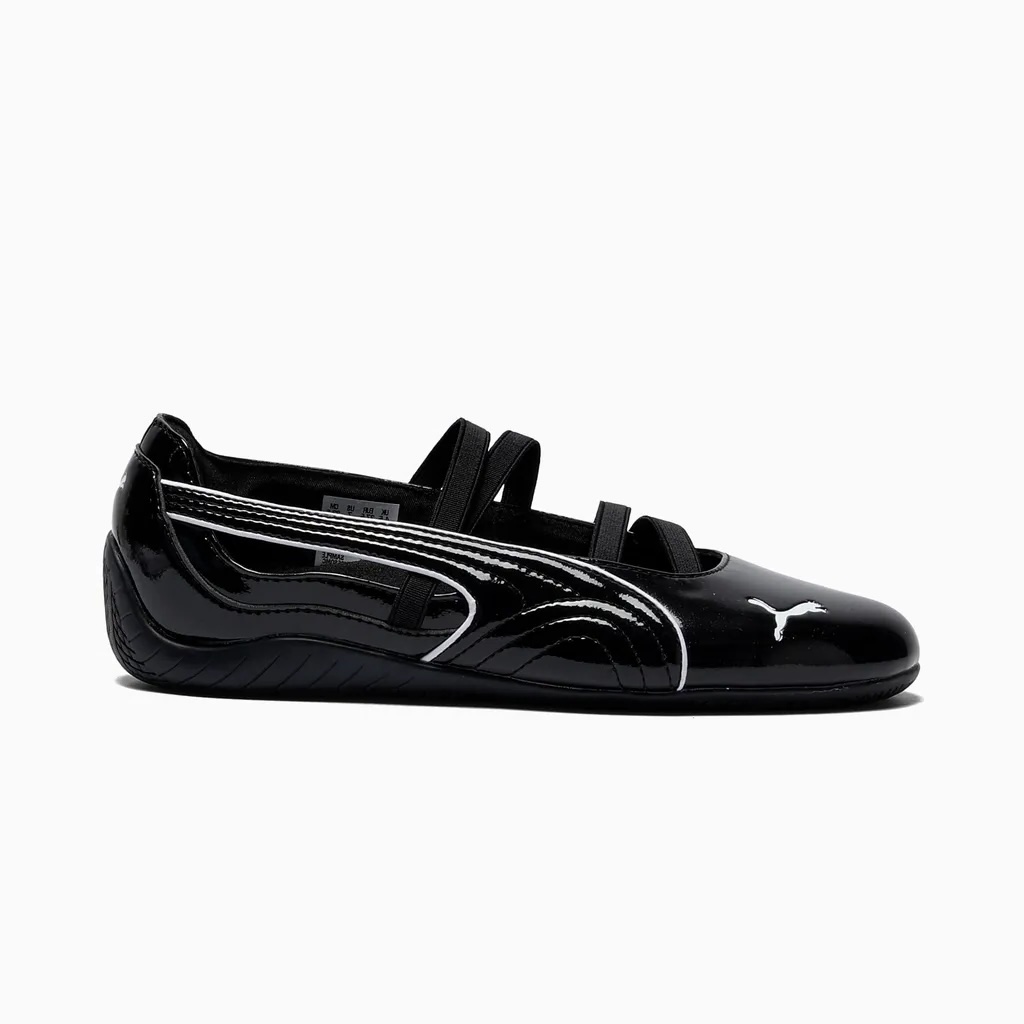
PUMA
Speedcat Ballet Glossy Women’s Shoes
I’ve already decided these sleek ballet sneakers will be my summer Friday shoes, styled with a tailored vest and front-pleat trousers. The Mary Jane straps give them a girlish slant that makes them feel more polished than super sporty sneaker.
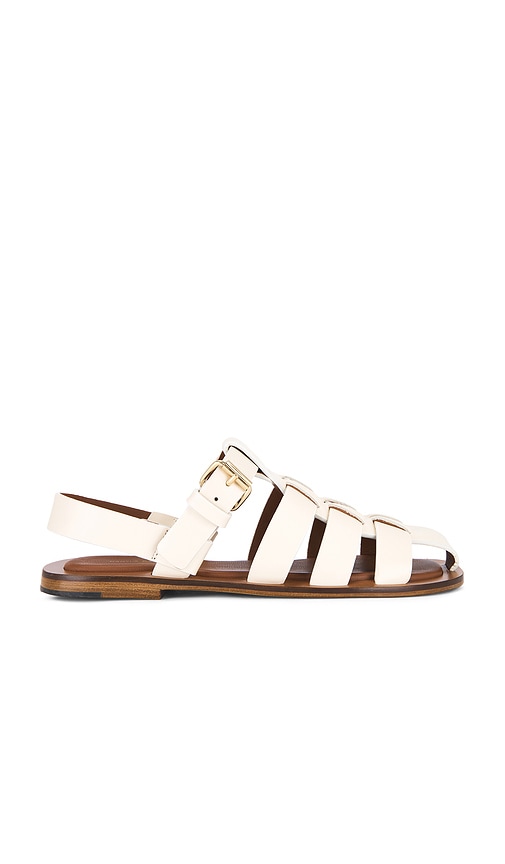
Mansur Gavriel
Fisherman Sandal
These are semi-open-toed sandals that I trust completely. Mansur Gavriel is a brand whose quality I trust (so does Katie Holmes), and the ivory leather gives these fisherman sandals a distinctly summery feel.

J.Crew
Andi Ballet Flats in Mesh
Mesh flats are another peek-a-toe shoe I’ve been considering. However, J.Crew’s black and bow-detailed pair is a very neutral, safe option to start with—though they also come in very cute cheetah spots if you’re more adventurous than I am.

When I need a break from my Puma ballet sneakers on casual workdays, I plan to substitute these white and red Adidas Tokyo shoes (I told you I’m still very into the red as a color trend). They’re the perfect work sneaker: comfortable, sleek, and still polished.

Wedge sandals and I have a complicated relationship (too many bad memories from middle school). But I have no issue with a wedge-cum-slingback heel, like this pointed-toe, three-and-three-quarter-inch pair.

Reformation
Winnie Peep Toe Heeled Mule
A demure peep-toe heel, like Reformation’s Winnie pair, ties into today’s trends (ICYMI: front-sliced shoes were all over summer’s runways and are constants in celebrity street style), but it isn’t too much of a try-hard shoe for the office.

Prada
Shuffle Fringed Leather Mules
Movement-friendly fringe was a constant throughout the Pre-Fall 2025 collections, and this leather-trimmed Prada mule is how I plan to try the trend myself. They are certainly a splurge (as is any high-quality designer shoe), but I know the cost per wear of these easy-to-style slides will pay off.

Michael Kors
Merriam Studded Kitten Heel Sandal
Decorated with high-shine silver studs across the vamp, these heeled mules from Michael Kors make a striking statement without being overly flashy for the workplace. I envision them paired with a black short-sleeve maxi dress and a silver pendant, ideally Juju Vera’s shell necklace that I can’t get out of my head.

J.Crew
Jelly Block-Heel Sandals
I’m also surprised to see jelly sandals on this list. But Emma, you say, your toes will be out and about, visible through the clear polyurethane! All that is true—but J.Crew’s pair comes on a sensible block heel, making the childlike silhouette feel much more grown-up. If jellies are good enough for Rihanna, they’re good enough for me.

Free People
Mason Ballet Espadrille Flats
I consider these leopard-spotted summer espadrilles to be a no-fail outfit finisher. Paired with structured linen pants and a matching blazer or a sandy beige cotton-poplin summer dress, these graphic rope-set flats will help an otherwise basic outfit step onto the wild side.

